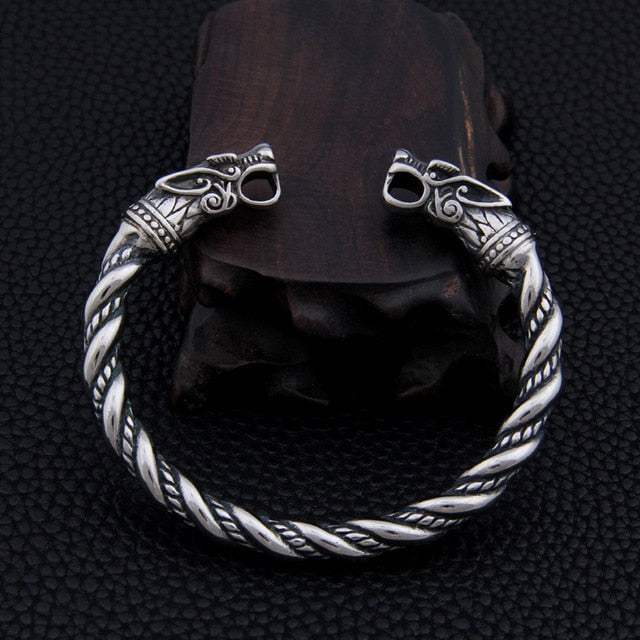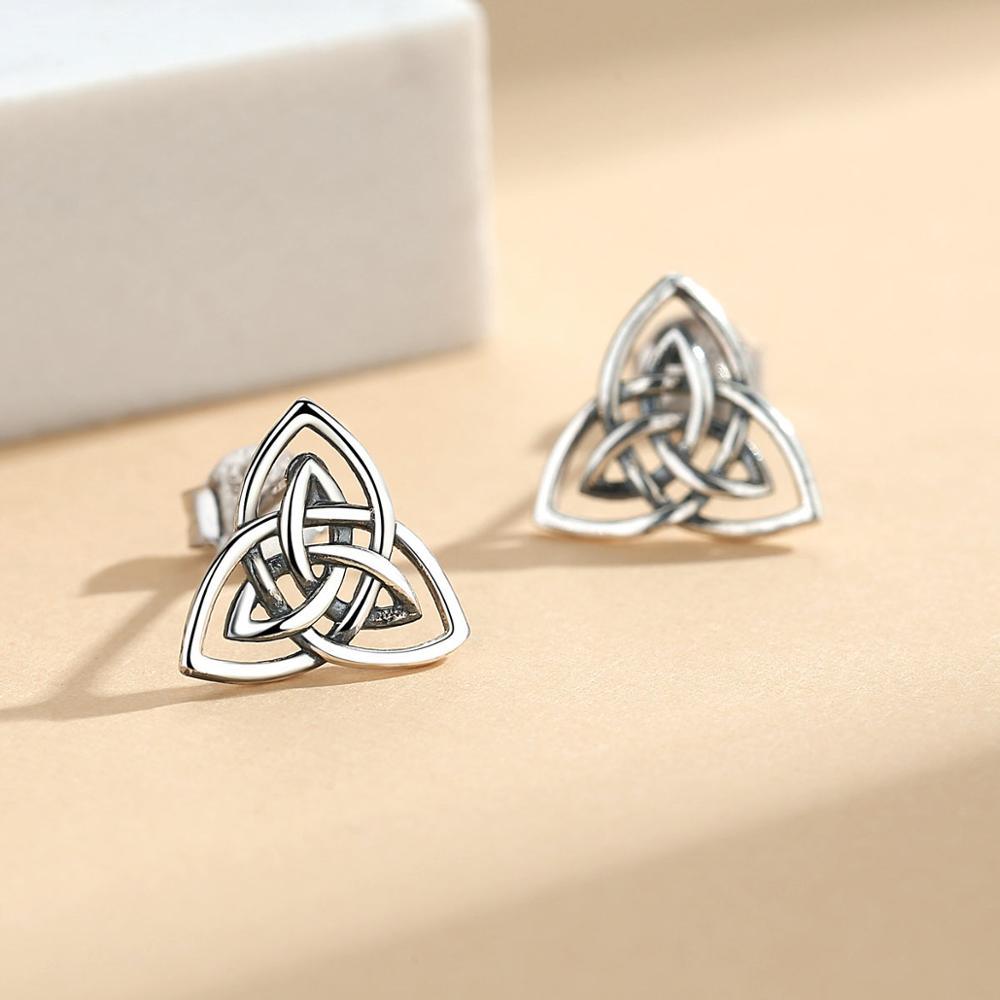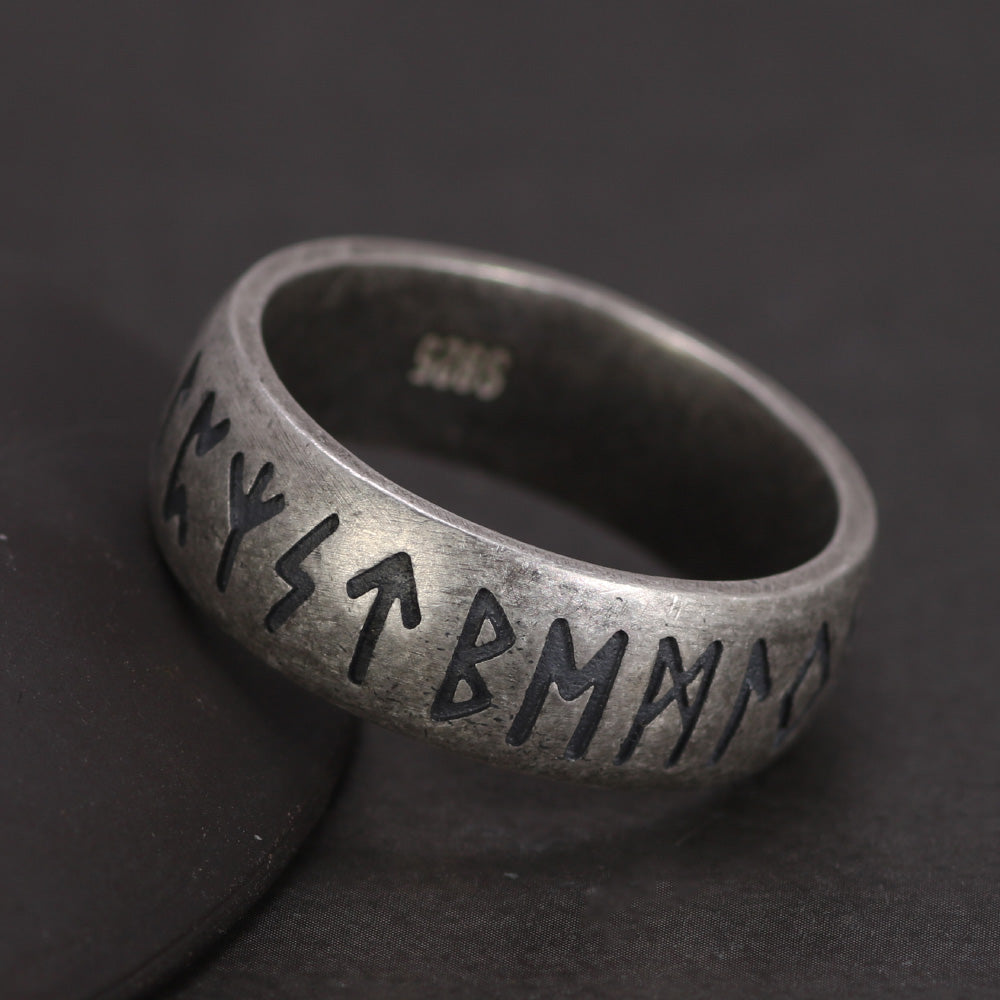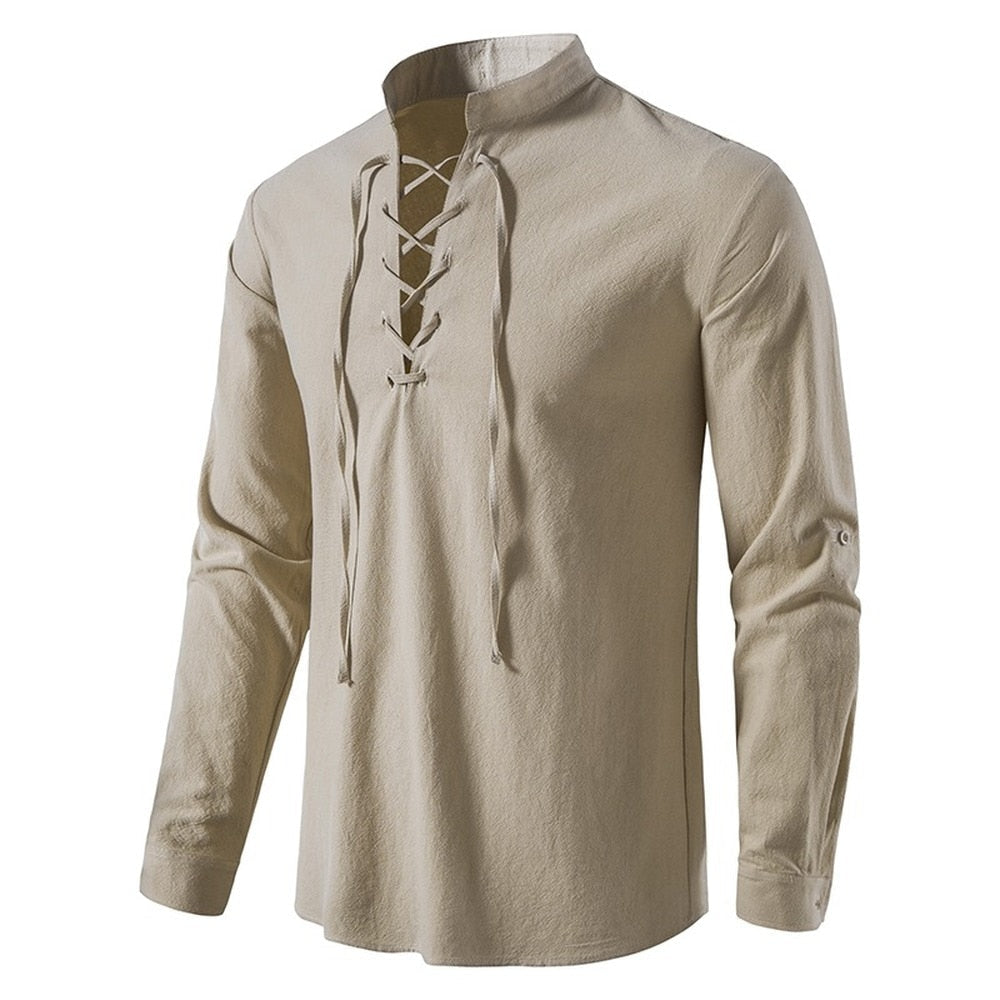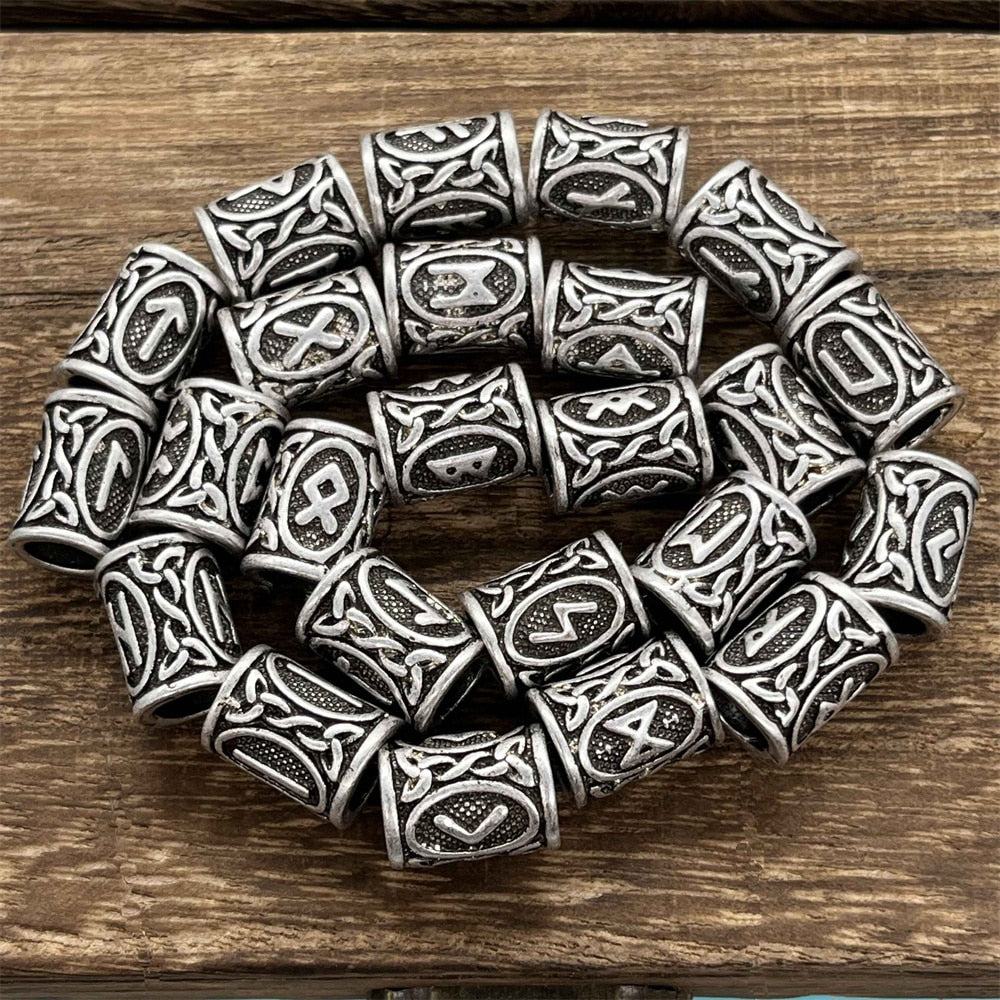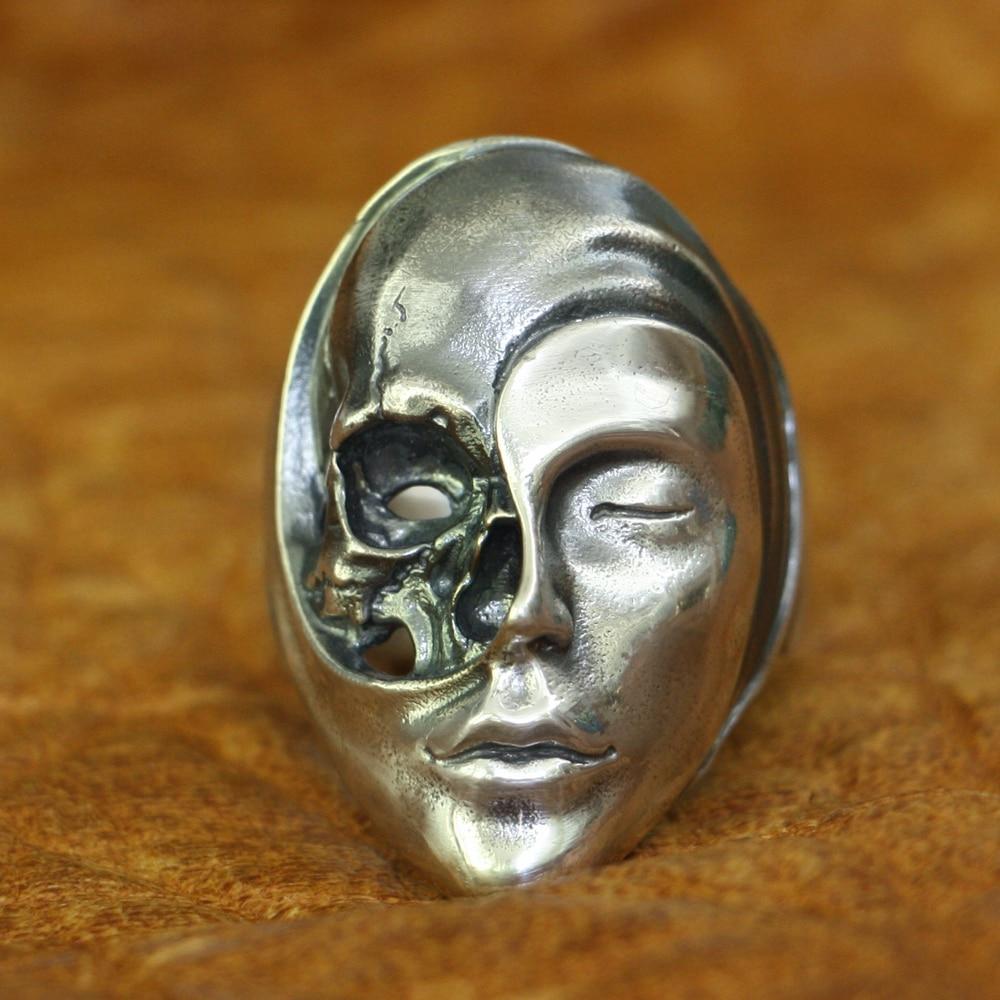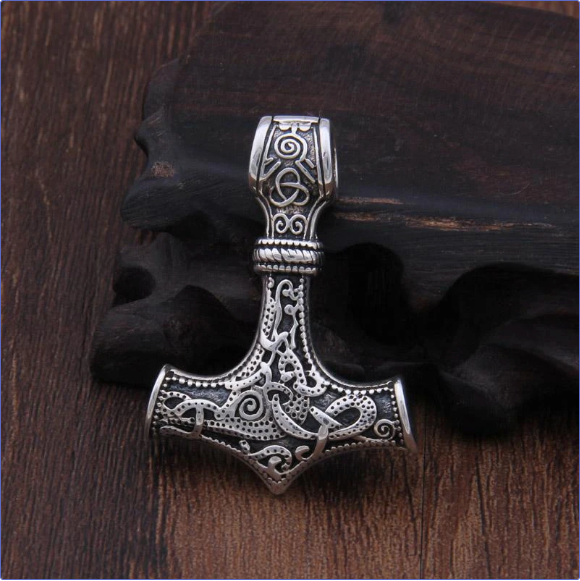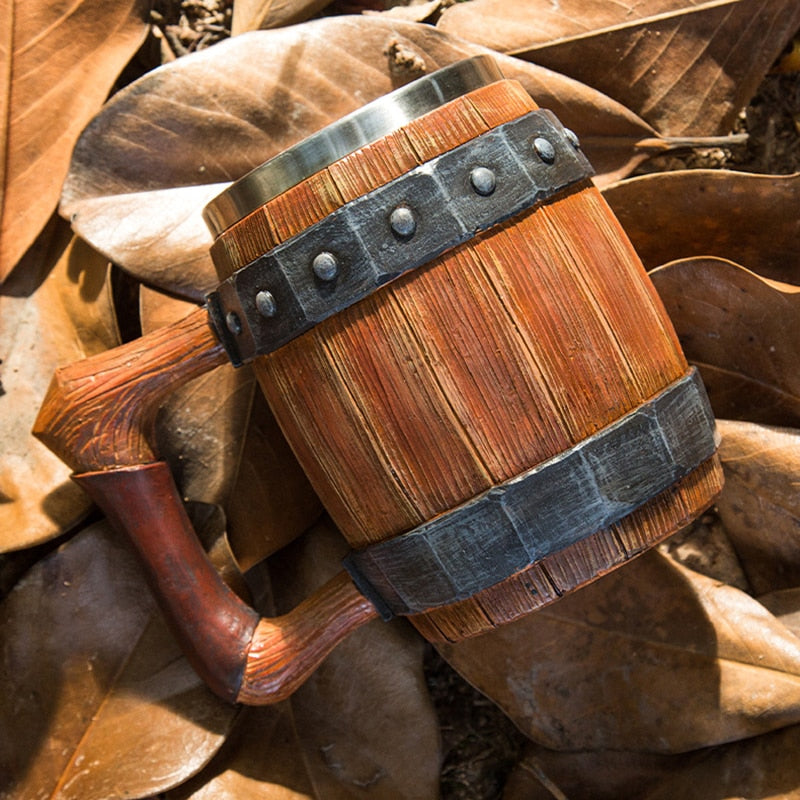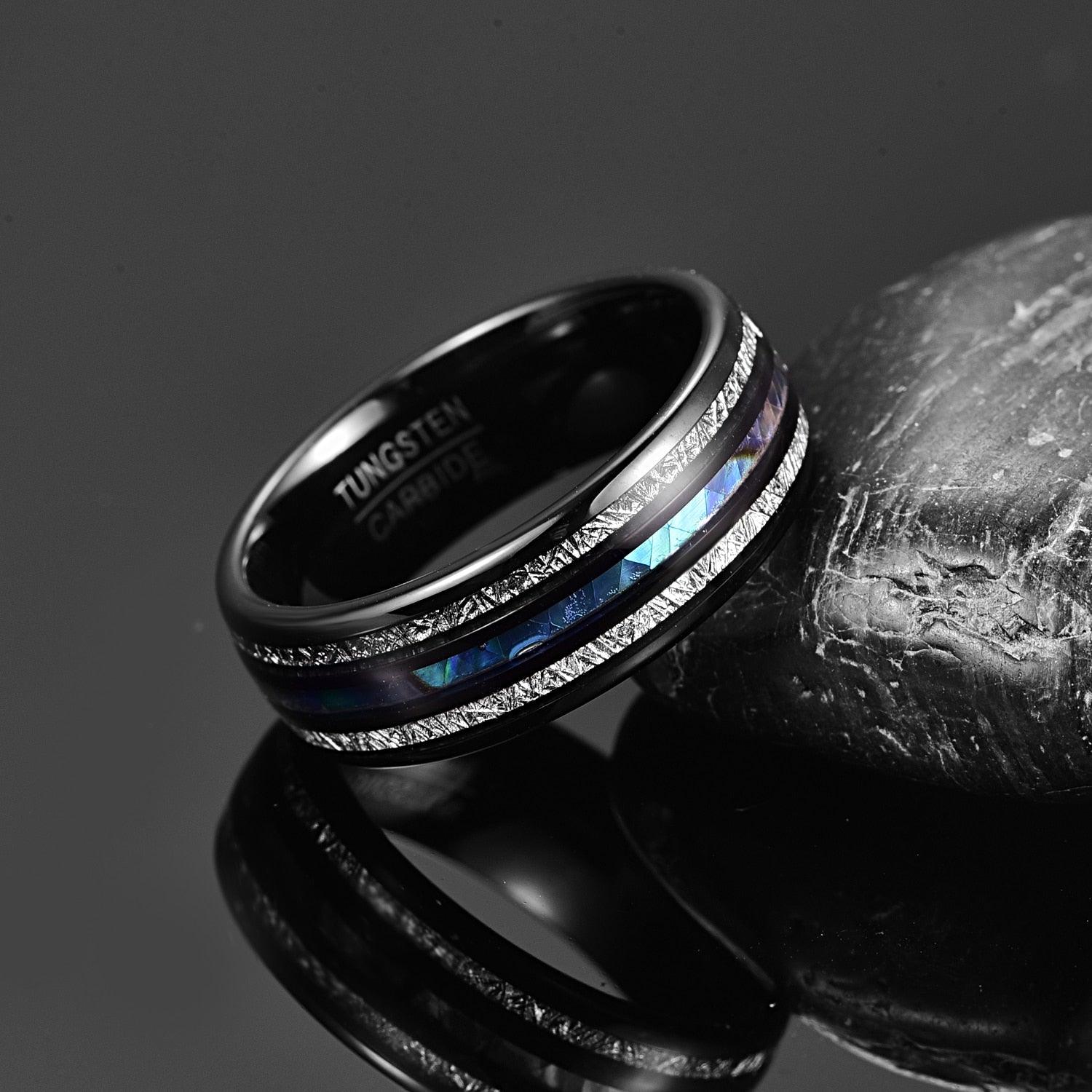The Viking Age, stretching from the late 8th to the early 11th century, has captured imaginations for centuries. While much of the focus falls on the sea-faring Norsemen who raided and settled across Europe, Viking women played crucial roles in both myth and history. Among these women, one figure stands out — Lagertha, the legendary shield-maiden and wife of Ragnar Lothbrok. Her story, a blend of myth, saga, and speculation, represents the strength, complexity, and bravery attributed to Norse women.

Who Was Lagertha?
Lagertha's legend originates from the Gesta Danorum ("The Deeds of the Danes"), a 12th-century work by the Danish historian Saxo Grammaticus. According to Saxo, Lagertha was a Norwegian noblewoman who took up arms and led troops like a man. Her origins are said to be rooted in tragedy and vengeance — she was one of the women forced into sexual slavery by the Swedish king Frø, who killed the king of Norway. When Ragnar Lothbrok came to avenge this act, Lagertha joined his cause, proving her worth in battle.
Impressed by her courage and beauty, Ragnar sought her hand in marriage. Yet even this was no simple courtship. Saxo describes how Lagertha placed a hound and a bear to guard her house, requiring Ragnar to fight them off before winning her. This tale of trials and warrior love adds layers of mystique and power to her legend. She later bore him a son and two daughters.
Warrior, Wife, and Queen
After marrying Ragnar, Lagertha continued to fight beside him, proving herself in battle time and again. However, their marriage did not last. Saxo claims that Ragnar divorced her to marry another woman, Thora Borgarhjört (and later Aslaug - read more about her here). While this sounds cruel by modern standards, alliances through marriage were political tools in the Viking world.
Still, Lagertha’s story didn’t end with heartbreak. In fact, Saxo recounts that she later saved Ragnar's life in battle with 120 ships and took command of her own lands. Eventually, she even killed her husband (not Ragnar) with a spear concealed in her gown and ruled alone. Though that detail may seem sensationalized, it reflects the complex and often brutal power dynamics of Norse society.

Lagertha in Viking Myth vs. Reality
Historians and scholars debate her existence. Some argue she may be a composite character — an amalgamation of different female warriors and rulers from Viking lore. Others suggest her story was exaggerated or even fabricated by Saxo Grammaticus, who was known to blend myth and history and wrote from a Christian, male-dominated perspective.
Still, the idea of female warriors in Viking society is supported by archaeological and historical evidence. A famous grave uncovered in Birka, Sweden, once thought to be a man’s due to the presence of weapons and military regalia, was DNA-tested and revealed to be a woman. Such discoveries show that women in Viking society could and did take on roles as warriors, leaders, and decision-makers.
Modern Interpretations: Lagertha in Popular Culture
Lagertha’s popularity has surged in modern times, largely due to the History Channel’s acclaimed series Vikings (2013–2020), in which Canadian actress Katheryn Winnick portrayed her. The TV version of Lagertha drew heavily from Saxo’s accounts but also gave her a more nuanced, evolving role — from a farmer's wife to a fearsome warrior, mother, ruler, and visionary.
This portrayal resonated with audiences worldwide, inspiring a renewed interest in Norse women and myth. Unlike many female characters who are relegated to passive roles, Lagertha in Vikings is a leader in her own right, challenging societal norms, navigating love and loss, and commanding armies.
Her character also became a symbol of empowerment, representing the balance between strength and vulnerability. She was not invincible, but her resilience, courage, and sense of justice made her iconic.

The Legacy of Lagertha
Whether historical figure, mythological creation, or both, Lagertha’s story reflects core elements of Viking society: loyalty, vengeance, honor, and power. Her legend has endured for over 800 years and continues to captivate today.
She represents more than just a warrior woman — she embodies a cultural ideal that challenges stereotypes of the past and empowers women in the present. In a time when female roles were often limited or overlooked, Lagertha’s presence in Norse lore offers a rare and vivid example of a woman who defied expectations.
As the sagas remind us, history is often written by those with power — but legends like Lagertha’s have a way of surviving, carried forward by their impact on the human imagination.
Bibliographical References
Saxo Grammaticus. The History of the Danes, Volume I: Books I-IX. Translated by Hilda Ellis Davidson and Peter Fisher. D.S. Brewer, 1998. ISBN: 9780859915029
Judith Jesch. Women in the Viking Age. Boydell Press, 1991. ISBN: 9780851153603
Neil Price. Children of Ash and Elm: A History of the Vikings. Basic Books, 2020. ISBN: 9780465096985





